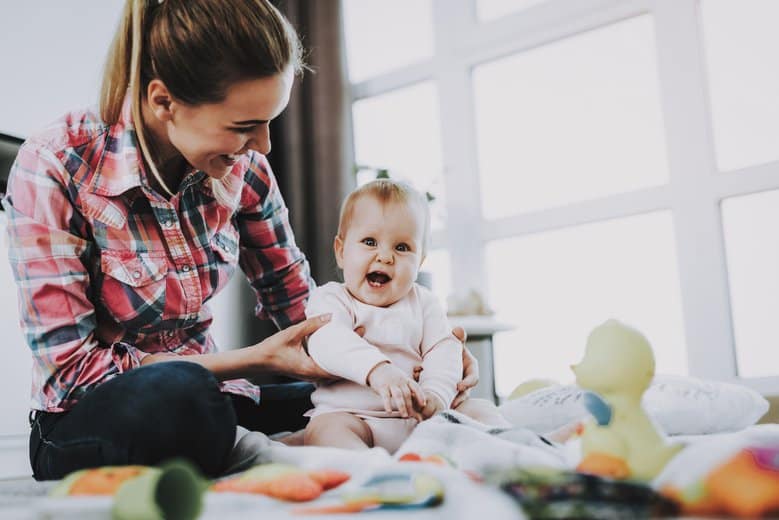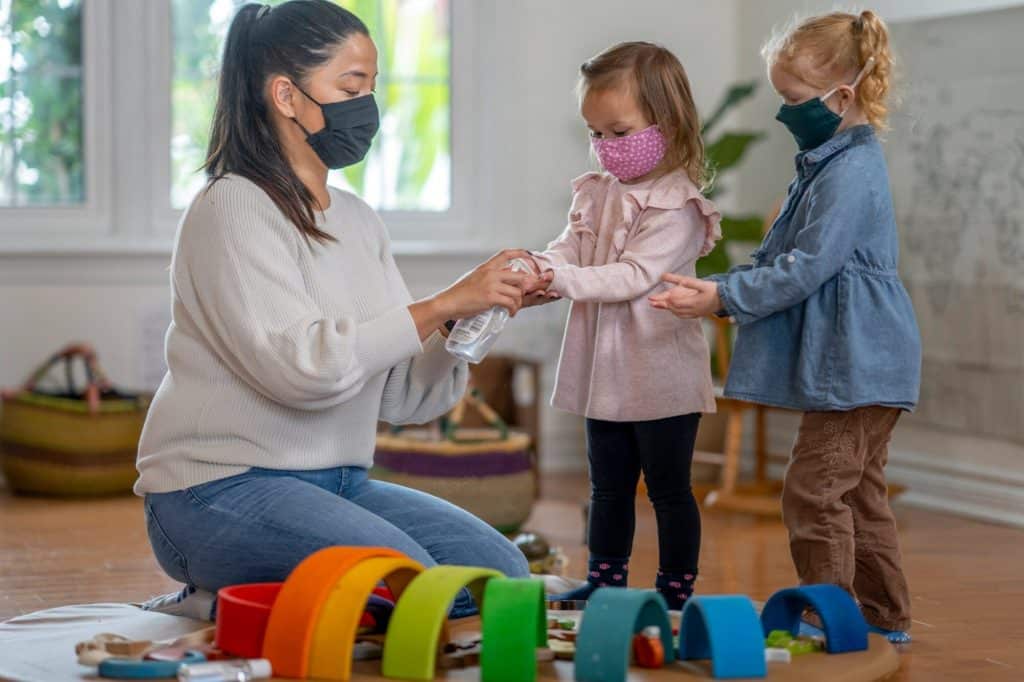Childcare Philosophies

When looking for a nanny for your child you may find yourself more concerned with scheduling and transportation than with child rearing philosophies. However, understanding the philosophy that would best work for your family can greatly assist in finding the right nanny, and for ensuring that your child has consistent care. Once you understand which philosophy works best for your family, you can skew your nanny search based on this philosophy, creating consistent and optimized care for your child. Below are the top early developmental child care philosophies.
Montessori
Montessori is one of the most popular childcare systems. Founded in 1907 by Maria Montessori, the idea is that children are in control of their own education, with teachers acting as aids or guides. On a daily basis, children participate in hands-on activities in which toys are tools designed for specific purposes to guide their learning about a specific subject. Montessori also encourages children to take personal responsibility for their wellbeing, fostering independence by making their own snacks, taking care of their own belongings and cleaning up after themselves. Children learn at their own pace, focusing on individual learning and creating a healthy atmosphere.
RIE
Resources for Infant Educarers or RIE is the philosophy that the most important education in a child’s early life is the care and connection that they feel with their caregivers. The idea is that the foundation of a child’s learning is based off of how safe and respected they feel. Educating a child through caring allows them to learn about themselves, to feel seen and understood, and feel like they matter in the world. RIE is not only designed to educate children but parents and caregivers as well. Through caring for the child, parents learn to trust themselves and their child, creating a strong bond between the two.
Waldorf
The Waldorf method focuses on dependable routine. Teachers are often with the same group of children for up to eight years, creating and nurturing trusting and secure relationships. Through comfortable furnishings and play areas, the Waldorf atmosphere is intended to feel like home. There is also a heavy emphasis on creative learning, such as arts, crafts, music, theater and cooking. The idea is that children thrive in comfort, and the Waldorf method uses the home-like atmosphere and dependable routine to allow children to thrive.
Reggio Emilia
Similar to Montessori, children are their own agents in learning with Reggio Emilia. Children are encouraged to explore their interests while teachers guide them to create projects based on their enthusiasms. The focus is also on creativity and the arts, with projects and daily play documented so that parents and caregivers can remain on the same page and monitor their child’s development.
High/Scope
High/Scope is the inverse of Waldorf where the emphasis is placed not on social or emotional development but academic success. Instead of creative pursuits, children are directed more towards mathematics and linguistics. Children learn collaboratively with teachers and it is an excellent route for children who work best one on one and for children with special needs.
Bank Street
Bank Street was founded in 1916 based off of the philosophies of Lucy Sprague Mitchell and is great for children who learn best in an environment lacking structure. In Bank Street teaching, the classroom is the world around us and is considered to be the biggest tool in a child’s learning. Children are regarded as active learners as lessons are focused on the social sciences; history, geography and anthropology. Artistic and scientific lessons are taught within the context of cultural applications, creating an integrated curriculum. Children are encouraged to exercise their imaginations, and have the opportunity to choose to work alone or in groups, with teachers acting as guides rather than leaders.
Religious
If faith-based learning is right for your family, many churches and religious schools offer preschool programs. The philosophy followed in any given religious school may differ, and the religious content taught may vary. Be sure to speak to the school about the program offered, as well as details on their curriculum and philosophy.
At Los Angeles Nannies we source and vet a wide range of nannies with differing backgrounds who have extensive experience in early childhood education. Let us know which childcare philosophy works best for you and we can find a nanny who is an expert and a perfect match for your family.
Childcare Philosophies Read More »









